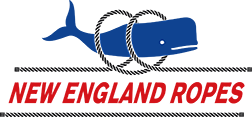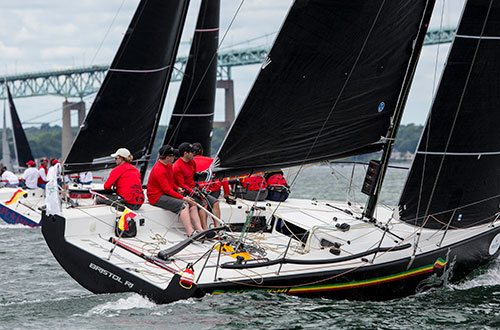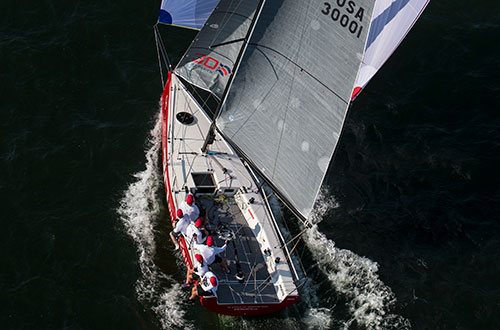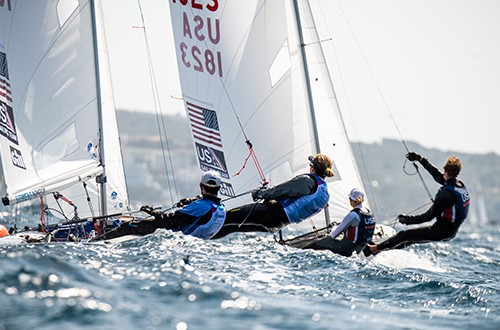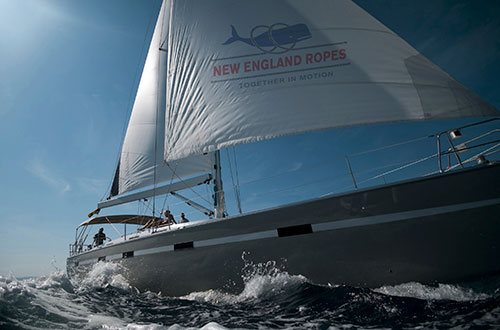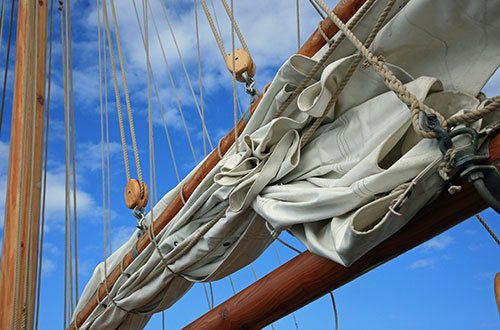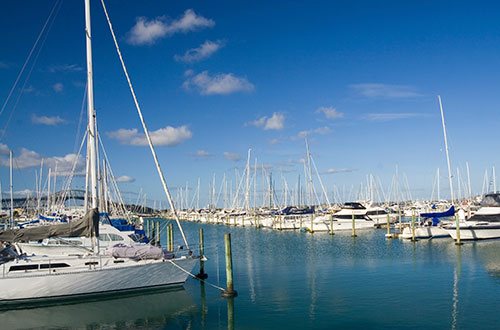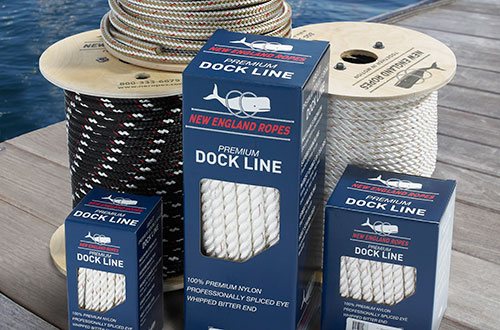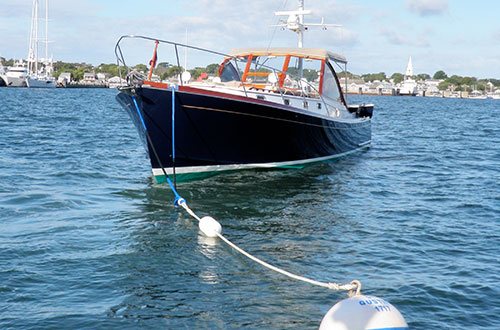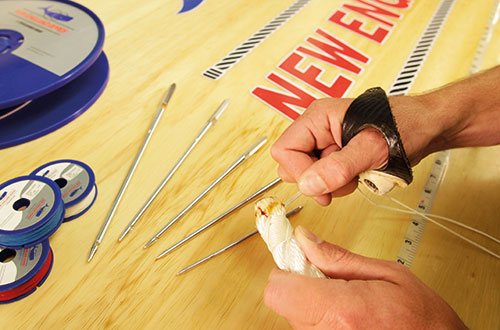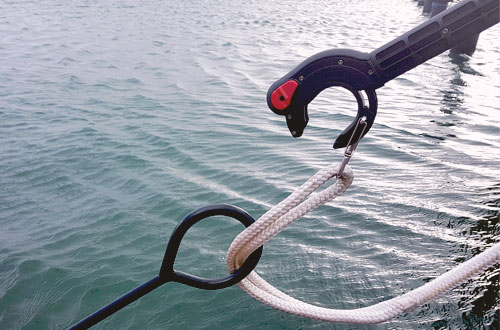Fiber structure and types
Overview of products:
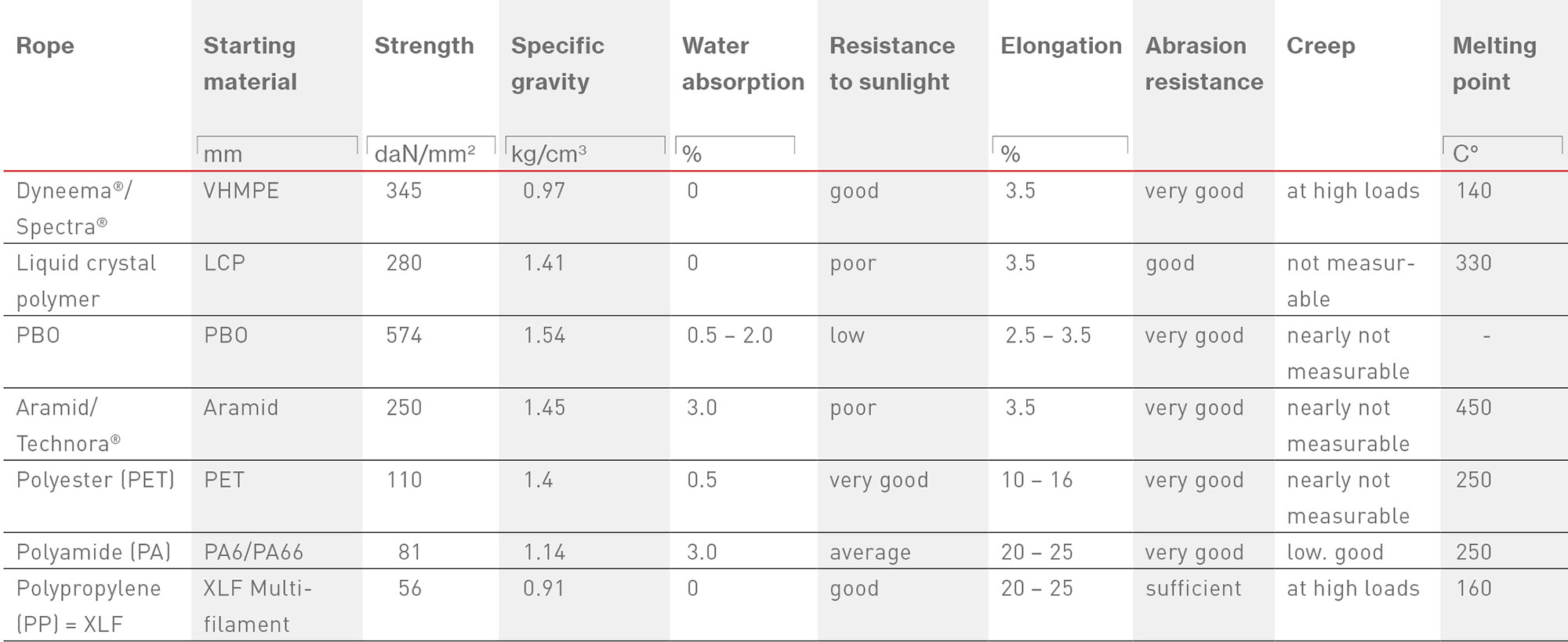
Monofilaments: A few comparatively thick fibers (Ø 0.3mm) are fed in parallel tothe braiding process.
Multifilaments: Many very thin fibers (0.001mm) are used as a bundle during the braiding process. This is the most widely used kind of construction in yachting ropes.
Textured fibers: The fibers are not arranged in parallel in the bundle but exhibit a more or less random type of arrangement. This is why the fiber bundle has a comparatively rough surface.
Base materials in detail
Dyneema®
The starting material for Dyneema® is polyethylene. It is modified at a molecular level and stretched in one direction. The stretched molecule chains increase breaking strength and decrease elongation. Therefore, Dyneema® exhibits the lowest elongation at break of all synthetic fibers. Dyneema® has very low specific gravity, which makes it buoyant. The only downside of this fiber is that it creeps. This means that the fiber will show permanent elongation under load. Dyneema® is used as a core material in high tech yachting ropes. The core bears the load, while the cover merely serves as a protection against abrasion and light. Therefore, it is certainly possible to remove the cover from the rope ends without reducing the rope's breaking strength. Dyneema® also exhibits good abrasion resistance and resistance to sunlight. Dyneema® is the most widely used high tech fiber in yachting ropes and can be used for a vast variety of high quality products such as sheets, halyards, and trim lines.
Liquid crystal polymer (LCP)
Liquid crystal polymers (LCP's) are extremely complex, modified polyester chains. Vectran® is a brand name of Hoechst Celanese in the U.S. Vectran® is very expensive. Therefore, it is used only in high tech cordage. This product stands for low stretch combined with ultimate breaking strength. However, its UV resistance is not very high. Furthermore, LPC's exhibit very high temperature resistance and low vulnerability to bending across sharp edges. The big advantage of Vectran®, however, is the absence of creep. Vectran® is an absolute high tech fiber mainly designed for competition. Its low UV resistance makes using a cover indispensable, which must not be removed, not even for weight reduction purposes.
Polybenzoxazole, Crystal Polymer (PBO)
PBO is a high tech fiber. Produced by Toyobo in Japan, it combines extreme breaking strength, high temperature resistance, and very low elongation. Its weakness, however, is its low resistance to sunlight.
Aramid/Technora®
Aramid fibers provide extremely high breaking strength combined with almost no elongation. They are sensitive to sunlight, bending across sharp edges, and abrasion. In yachting ropes, aramid only plays a minor role. This fiber is produced by DuPont (Kevlar®) and Teijin (Twaron®). In the Yachting Rope segment, aramid fibers are mainly used in places where high temperature resistance is essential, for example on winches. They are ideally suited for use on winches. However, due to their low resistance to bending over sharp edges, they should not be used on stoppers.
Polyester (PET)
PET stands for good breaking strength and low elongation. It offers both chemical and physical benefits such as resistance to seawater, good abrasion resistance (in both dry and wet conditions), and good resistance to sunlight. This makes PET a go-to choice in the production of many yachting lines. It is used as a core material for halyards, sheets, mooring lines, and anchor lines. On high tech cordage, polyester is used as the cover material. The outstanding characteristics of polyester speak for themselves. Since polyester sinks, it can also be used for anchor lines. For high tech yachting ropes, it is used as a cover material (UV protection), while for simple yachting ropes it is also used in the core.
Polyamide (PA)
Polyamide provides high breaking strength as well as high elongation. The abrasion resistance of PA is better in wet than in dry conditions, as the fiber tends to absorb water (up to 7%). Kept in contact with moisture for too long, the material can become stiff. Another downside of PA compared to polyester is its comparatively lower UV resistance. This is why PA is increasingly being replaced by polyester. Polyamide is still widely used for mooring ropes and allround lines.
Polypropylene (PP) = XLF
Due to its limited technical properties, polypropylene is only used for simple applications. PP is extremely lightweight and even buoyant. Its abrasion strength and temperature resistance are adequate. Typically, it is used for simple mooring lines or for allround lines.
